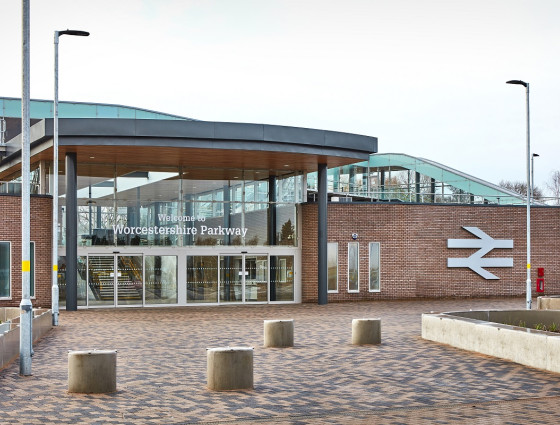
Worcestershire Strategic Transport Model
The Worcestershire Strategic Transport Model (WSTM) is a county-wide strategic transport model developed by Amey and Sweco for Worcestershire County Council.
The WSTM is a digital representation of Worcestershire’s transport network to help understand future changes in travel movements.
It is capable of predicting future changes in trip making and supports a number of key functions including developing transport business cases, local plan development and transport strategy development. It is used as a strategic model for the assessment of an emerging local plan as a whole.
The Worcestershire Strategic Transport Model (WSTM) was developed during 2022 to 2024 using travel data, collected in 2022.
Contact information
For more information on the Worcestershire Strategic Transport Model email: sp@worcestershire.gov.uk.
 Facebook
Facebook X
X Email
Email WhatsApp
WhatsApp Messenger
Messenger